Announcing In Season 1.0
I am pleased to announce the immediate availability of In Season 1.0 for the iPhone and iPod touch. In Season is a produce shopping guide, inspired by a couple of recent books that address the problem of missing flavor in most produce found in American markets.
Here in America, we’ve become rather used to the idea that fresh fruits and vegetables are available whenever we want them. What we don’t always realize is that this convenience comes at the cost of flavor and price. Plants grow according to a schedule, and while we can force things somewhat (hothouse tomatoes, for example), if you want peaches in the dead of winter, they aren’t coming from the northern hemisphere.
Shipping produce from South America is a long trip to an American market, though, so food has to be bred to survive the journey and someone (the consumer) has to cover the costs of that travel.
There are even disadvantages to strawberries grown and sold in season. Strawberries are so fragile, growers have had to breed them exclusively for shipment, resulting in a berry that has only a pale shadow of true strawberry flavor left.
I created In Season to help my own family, and hopefully others, with this problem. Food tastes better when it’s grown according to its natural schedule, and even more so if you can find a local farmer supplying produce to your market. It will take less effort to grow it and supply will be higher, so you will pay less. Locally-grown produce also means less fuel is burned bringing that food to market, further bringing prices down and reducing your carbon footprint at the same time.
The economics of the App Store being what they are, version 1.0 is a toe in the water. If it is well received and I can justify further development, I have some great ideas to make it an extremely useful and educational app.
If you are interested in those books I mention above, they are terrific reads: How to Pick a Peach: The Search for Flavor from Farm to Table, by Russ Parsons and Animal, Vegetable, Miracle: A Year of Food Life, by Barbara Kingsolver.
